Collectible knives with decorative handles—whether carved from exotic woods, adorned with precious metals, or featuring intricate inlays—are not just tools but works of art. Their value lies as much in aesthetics and craftsmanship as in functionality. Proper storage is essential to preserve both the blade and the handle, especially since decorative handles are often the most vulnerable to damage.
How to Store Exclusive Knives Without Damaging Their Decorative Handles?
Why Handle Care Matters?
Unlike stainless steel blades, handles can be made from wood, horn, bone, resin, ivory, leather, or metal alloys—all of which react differently to temperature, humidity, and handling. A single crack, scratch, or discoloration can diminish the knife’s collectible and resale value.

Best Storage Practices for Decorative-Handled Knives
1. Choose the Right Environment
-
Stable Humidity: Keep knives in a cool, dry place with humidity levels around 40–50%. Too much moisture can warp wood and corrode metal details, while too little can cause cracking.
-
Avoid Direct Sunlight: UV rays can fade colors, dry out natural materials, and weaken adhesives.
-
Temperature Control: Fluctuating temperatures stress both the handle and blade. A stable environment is ideal.
2. Use Protective Cases or Display Boxes
-
Knife Cases with Lined Interiors: Soft felt, suede, or leather-lined cases prevent scratches on delicate handles.
-
Glass Display Boxes: Perfect for showcasing your collection while protecting it from dust and accidental handling.
-
Individual Pouches: For knives with precious metal or gemstone handles, microfiber pouches add an extra layer of protection.
3. Avoid Tight or Reactive Materials
-
Skip Plastic Sleeves: Plastic can trap moisture and encourage corrosion.
-
Beware of Foam: Some foams release chemicals that discolor or degrade natural materials.
-
Opt for Acid-Free Materials: If wrapping, use archival-grade paper or cloth that won’t react with the handle’s finish.

4. Regular Maintenance Without Overhandling
-
Dust Carefully: Use a soft microfiber cloth—avoid paper towels or rough fabrics that scratch.
-
Condition Natural Materials: Wood or bone handles benefit from occasional light conditioning with mineral oil or wax (always test first on a small area).
-
Limit Direct Touching: Oils from your skin can stain or corrode decorative elements over time. Handle with clean, dry hands—or use cotton gloves.
5. Vertical vs. Horizontal Storage
-
Horizontal Storage: Lays less stress on handles, especially those with delicate carvings or embellishments.
-
Vertical Storage: Works if knives are individually supported and cushioned, preventing pressure on the handles.

Bonus Tip: Separate the Knife From Its Sheath
If your collectible knife comes with a leather sheath, store it separately. Leather retains moisture, which can damage both the blade and handle over time.
Final Thoughts
Exclusive knives deserve more than a drawer or toolbox. By controlling the environment, choosing the right storage methods, and avoiding harmful materials, you can preserve the beauty and value of your knife collection for generations. Proper storage isn’t just about protecting the blade—it’s about honoring the artistry of the handle.



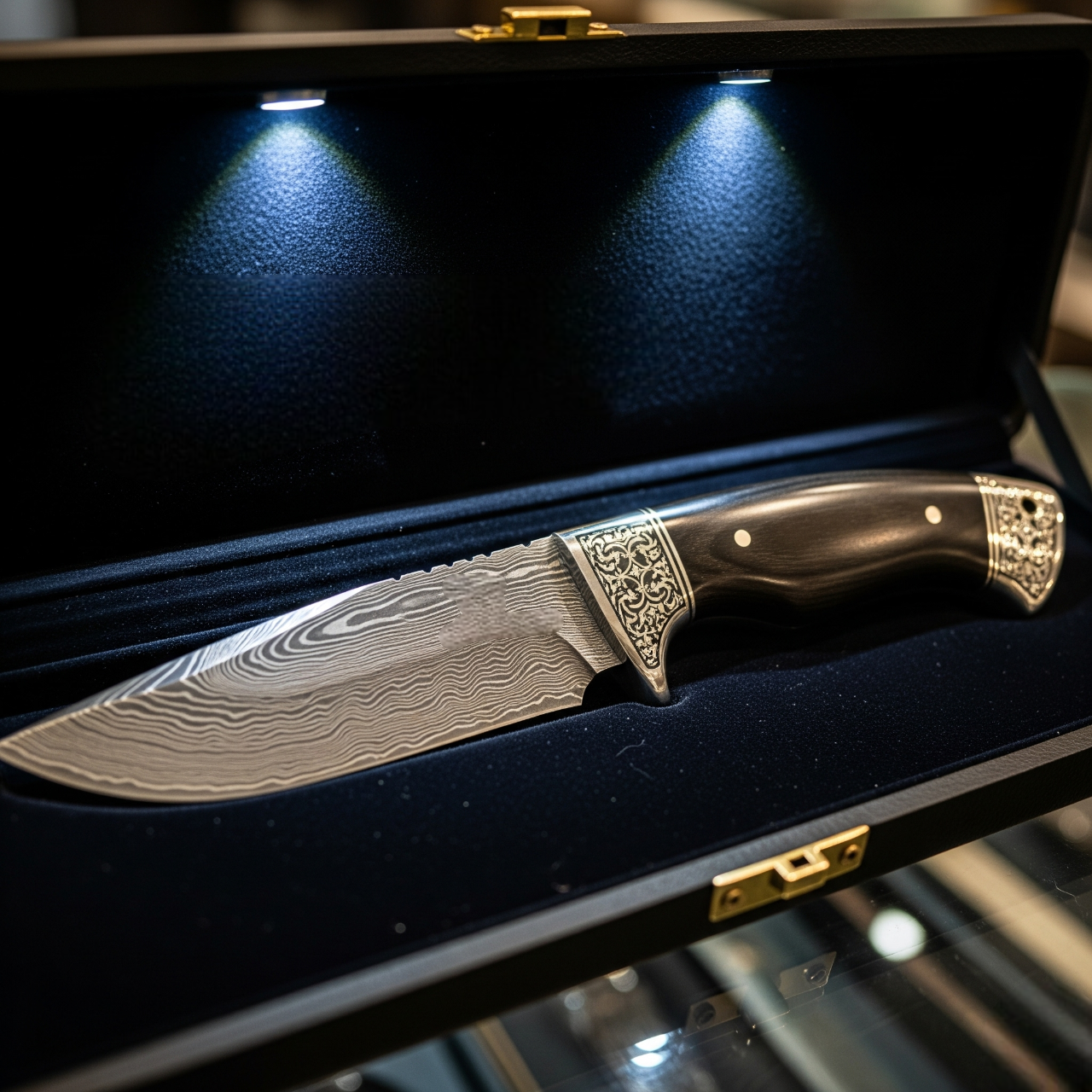
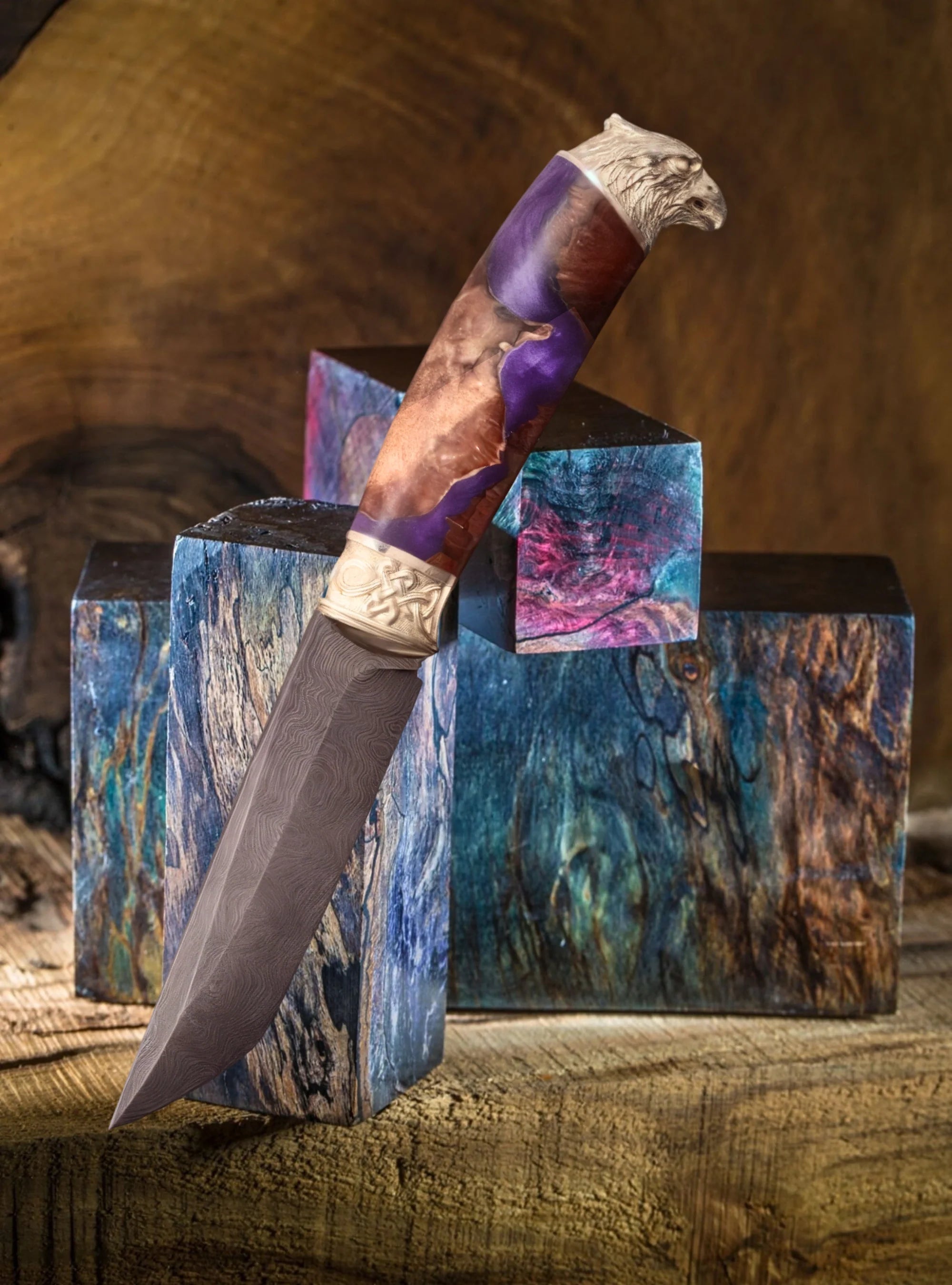
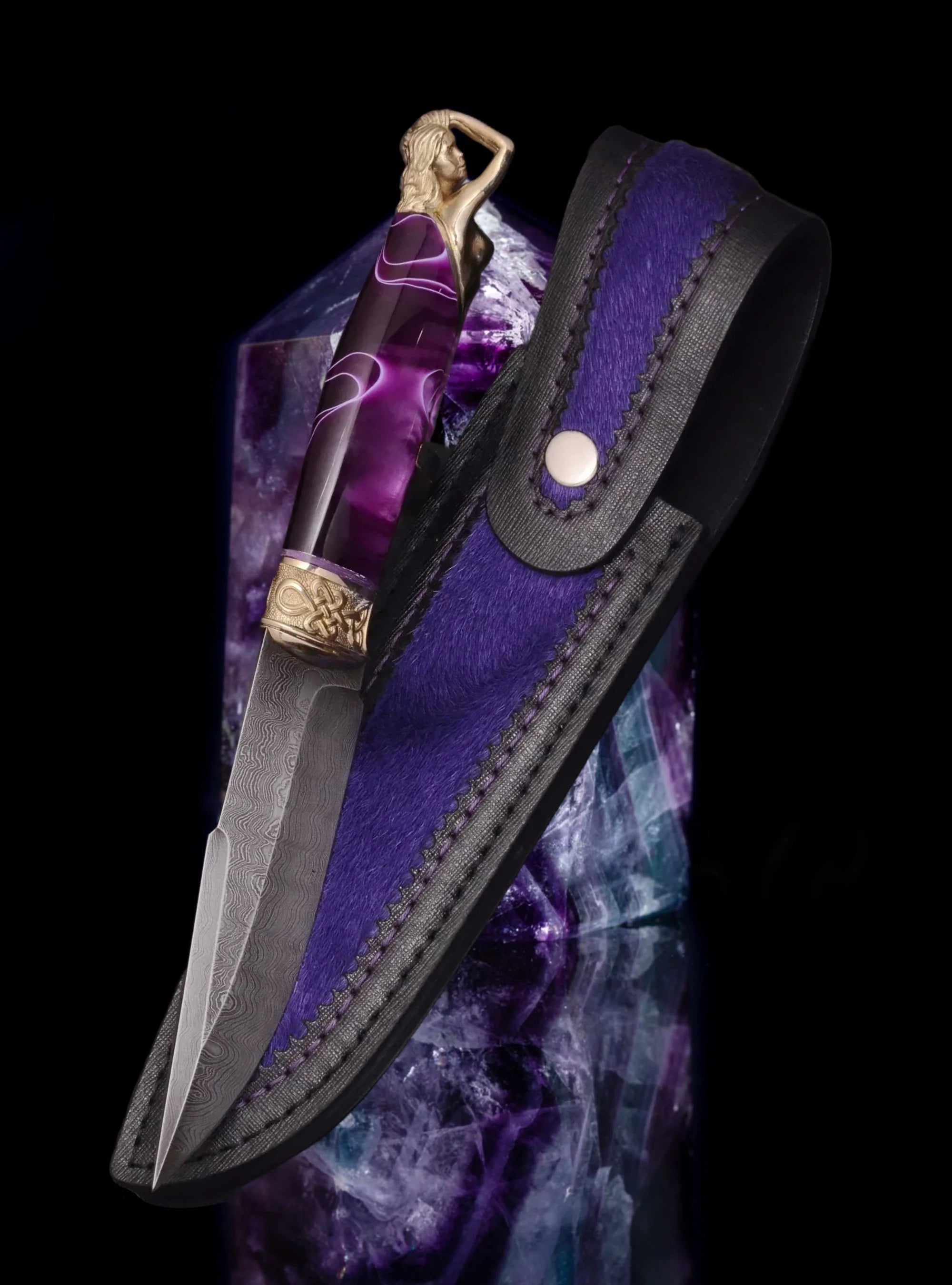
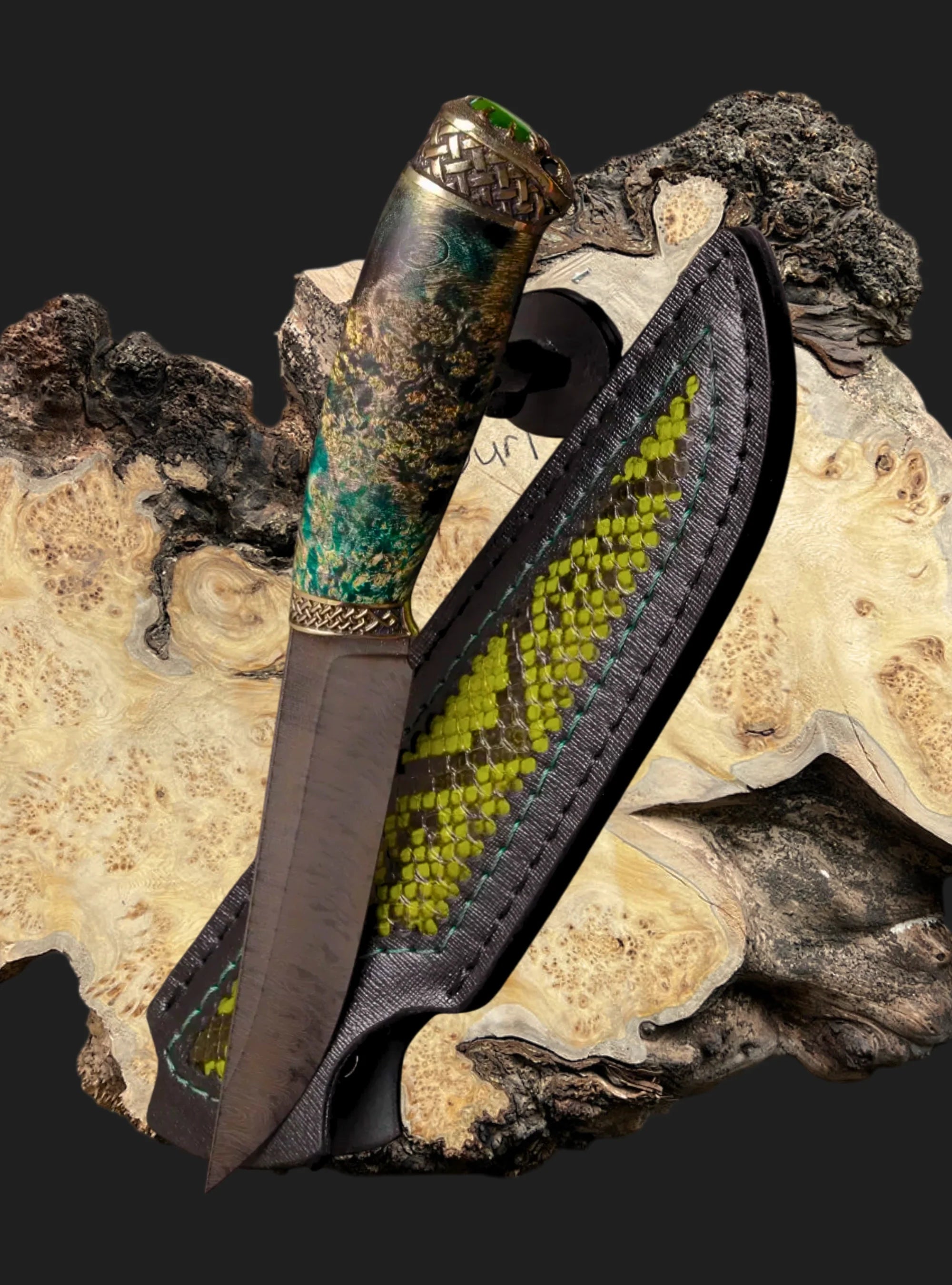
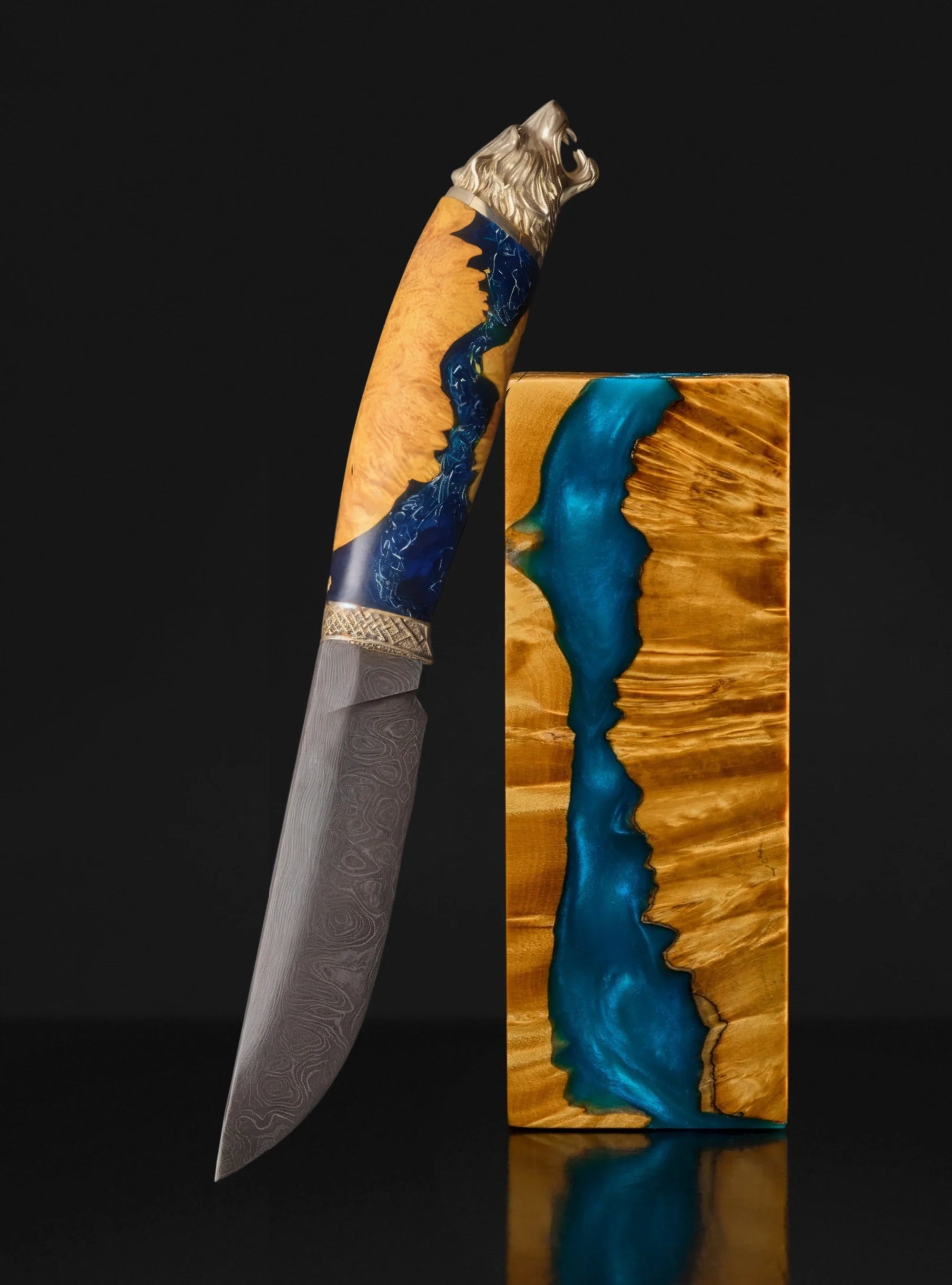
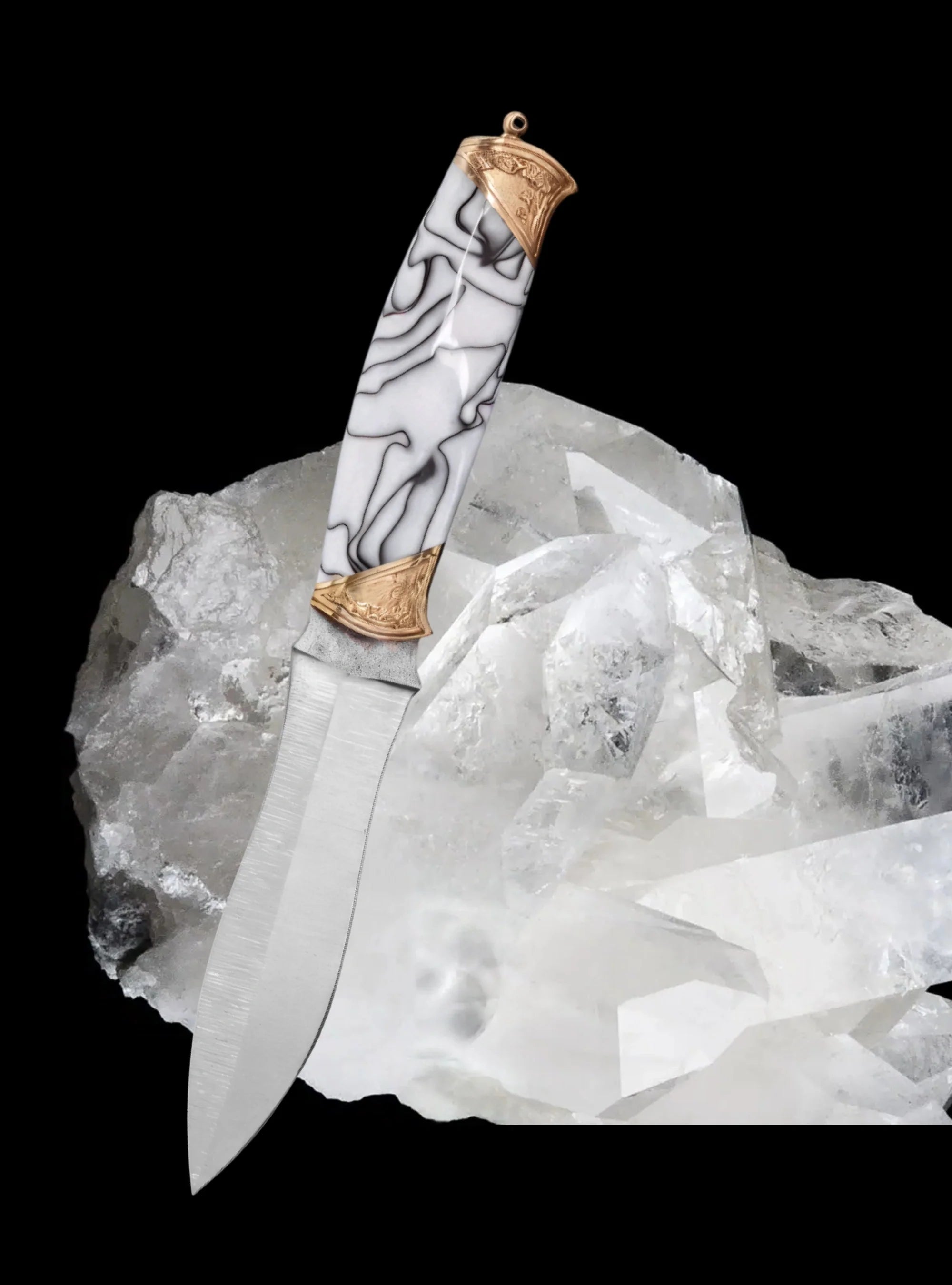
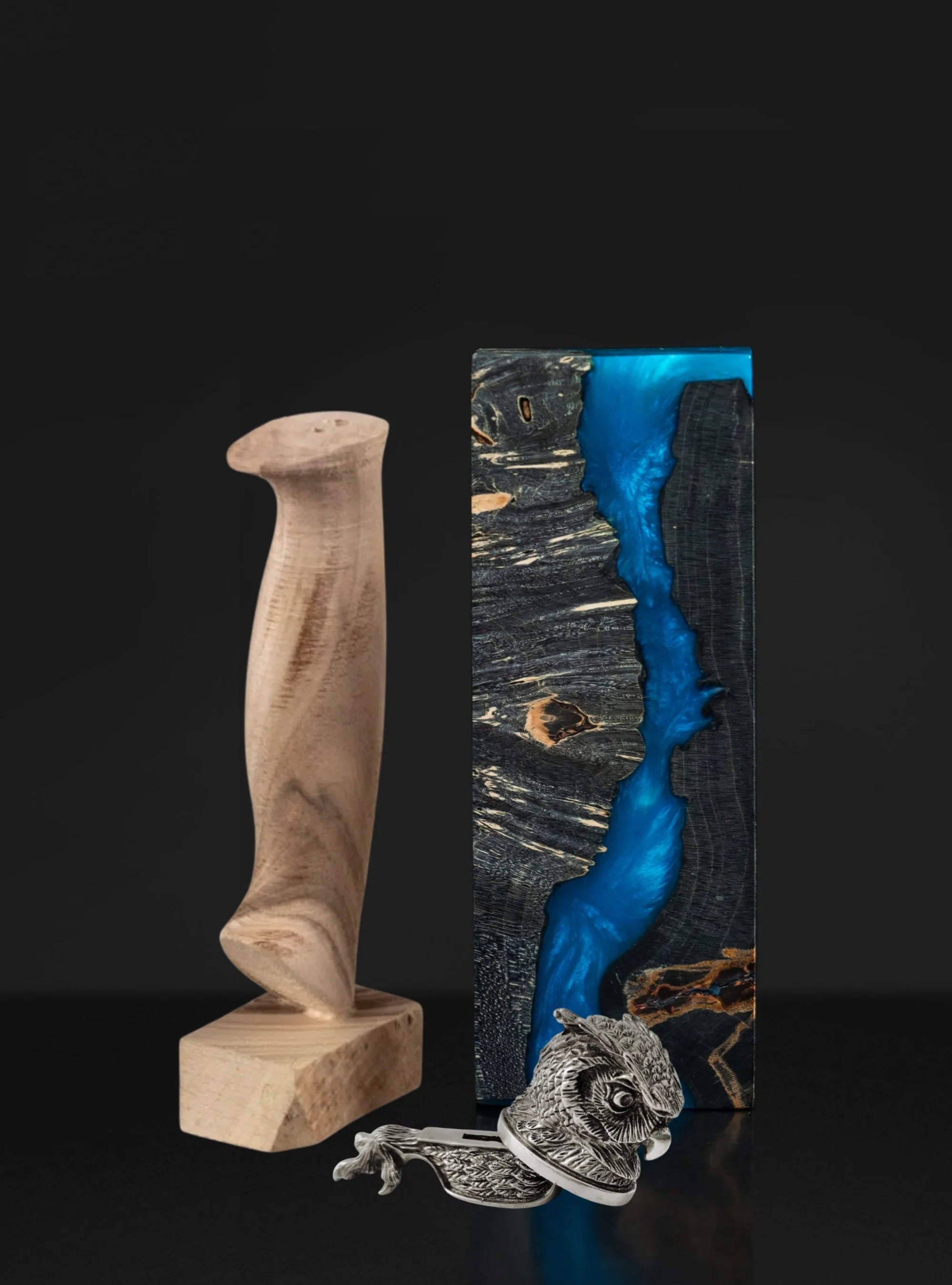
Share:
How to Pick a Handmade Knife That Holds Its Value as a Collectible?
Why Knife Handles Are the True Art of the Blade (and How to Start Collecting Them)?